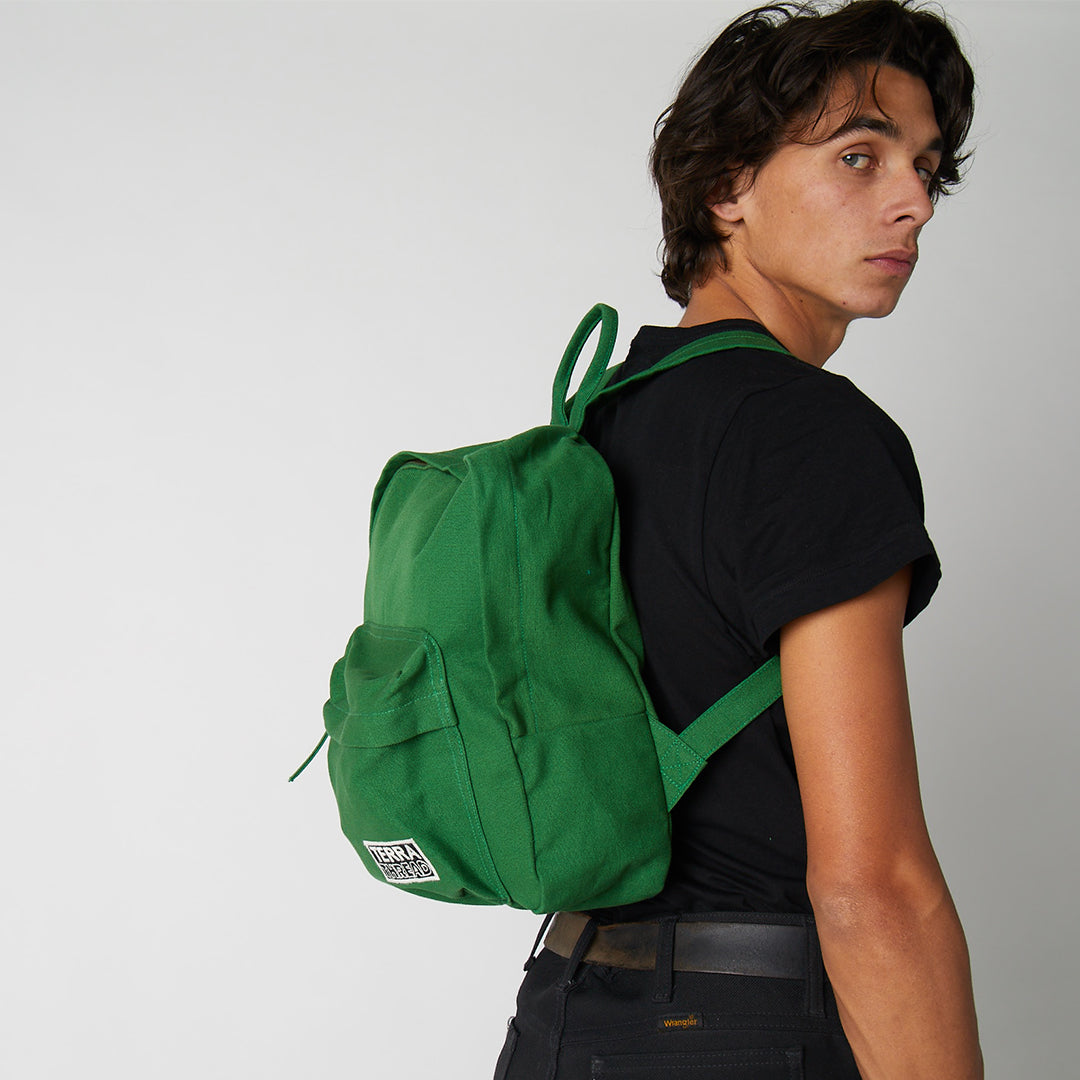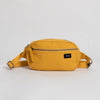What was it like to be a student in the early 1960s? Times were simpler then, you might say. Many kids rode a bike to school. Many others walked to and from, some even going home for lunch. How did they carry their books, lunch, and other items they needed during the day? They might have used a makeshift book bag made out of a pillowcase, with a drawstring to keep it closed and give something to hold on to. Others may have had a heavy leather satchel, such as those used by European schoolchildren. Small children carrying them looked like mini-professors. Still, other students carried their books in a leather belt sling, leaving them with the problem of what to do with anything else they may have had to carry. There were few alternatives.
A breakthrough occurred in 1967. The company called Gerry Outdoors created the first nylon backpack. At the same time, JanSport also brought out its first lightweight nylon backpack, called a daypack. It had an industry first: zipper closures. By the 1980s, daypacks were an essential part of a student's daily equipment. The trend took off immediately. Today there are hundreds of versions of the backpack available. It all started with a new material called nylon.
Nylon is a petroleum-based synthetic fiber created by DuPont in the 1930s. This plastic thread had a commercial application that was wide-ranging. By 1940, 12 billion pounds of nylon were spun each year. The main use was for women's hosiery, to be used as a cheap replacement for expensive silk hose. It was an instant success. During World War II, nylon was used for everything from parachutes to mosquito netting. Today nylon can be found in toothbrushes, umbrellas, fishing lines, camping tents, guitar strings---the list goes on and on.
The downside of nylon is that it is not biodegradable. Items that are thrown away in landfills are destined to stay there for hundreds of years. The coal and petroleum industries that are used in the manufacture of nylon are considered two of the world's dirtiest industries. Nylon production also produces nitrous oxide, a potential greenhouse gas. A large amount of water needed to make nylon can contribute to environmental contamination and pollution of water sources. Small microfibers are released each time a nylon product is washed. As they go through the wastewater system, the tiny bits of plastic become a major source of ocean and shoreline pollution.
Another popular synthetic material is polyester. It was originally developed in the UK in the 1920s. Its commercial application was recognized by DuPont in the 1930s when their chemists were experimenting with polymers. Polyester is made from a chemical reaction involving petroleum, air, and water to make an artificial fiber. It is thermoplastic; thus it can be melted and reformed. Polyester pellets are fed through a spinneret machine to become a continuous filament. These filaments can be cut into any size, from fabric to thin fishing line. Polyester is found everywhere in our daily lives---from clothing to microfiber towels to camping tarps. This inexpensive fabric is popular with consumers. They are attracted to the price without thinking of the consequences, thus making a more expensive and environmentally friendly choice like organic cotton less appealing.
Like nylon, polyester is not earth-friendly. It is not sustainable or biodegradable. Even when it is recycled, it will not break down in a landfill. Both will always be petroleum-based products.
Cotton has been used to make methods for carrying goods for centuries. Today's organic cotton canvas backpacks are well-made, dyed with safe dyes, are not harmful to the skin, and usually have environmentally friendly hardware. Buying sustainable backpacks made of organic cotton confirms that you know that cotton is part of a sustainability chain that is earth-friendly. Even the by-products are returned to the earth, often as compost. The workers who produced the backpack are given a good wage and work in a safe environment. There is less impact on the earth in the manufacturing process. It is a thoughtfully-based purchase.
Are you a student, "digital nomad," or a seasoned camper? Which fiber meets your needs and the needs of the environment?
Related blog:





